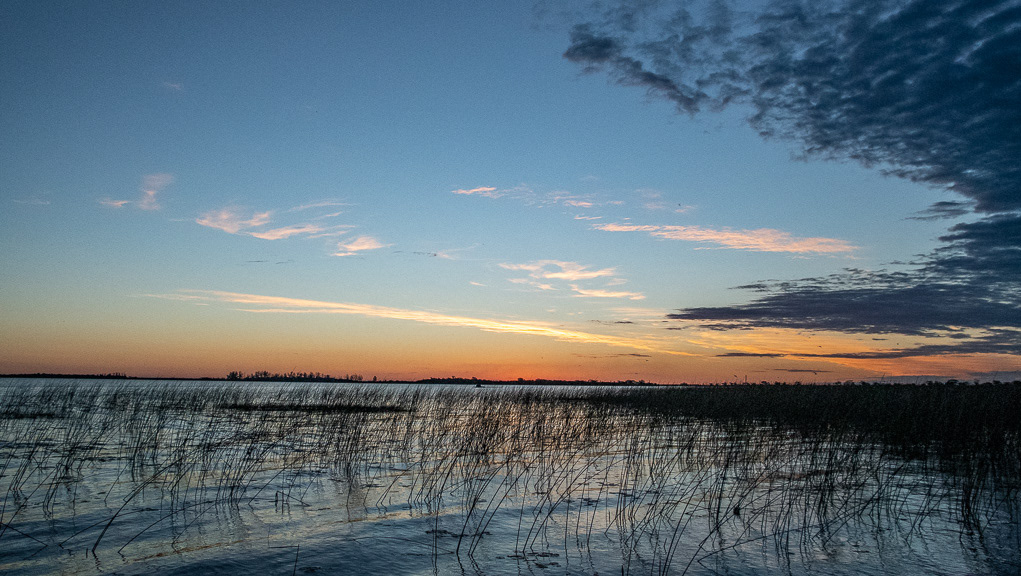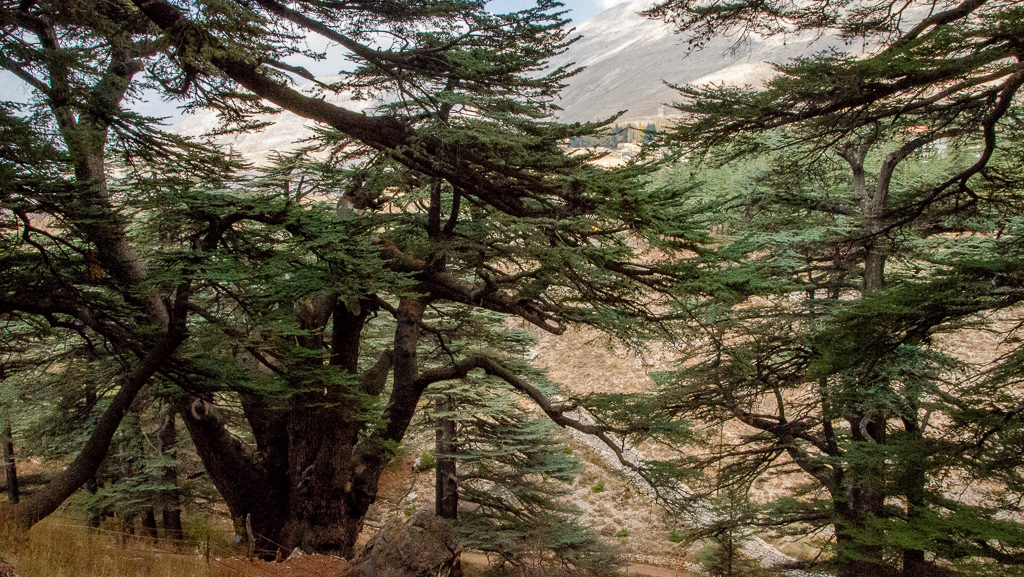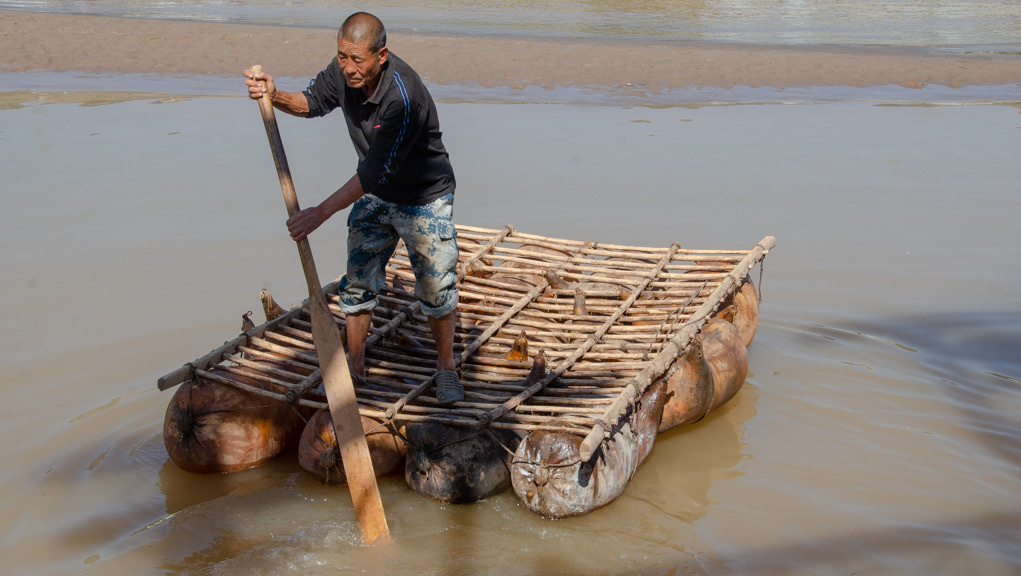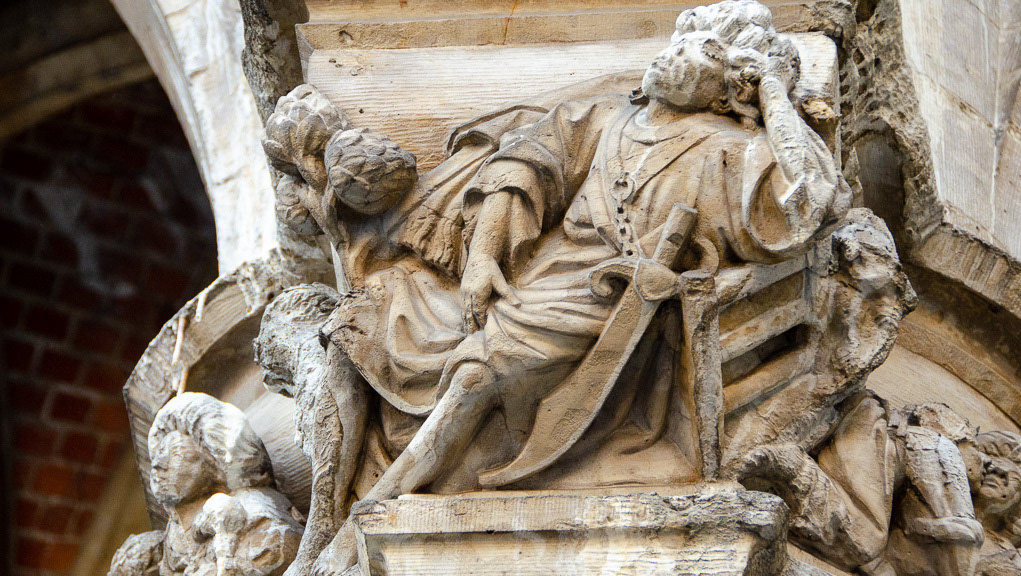I was endlessly fascinated by the different types of house we saw. In the country side most houses where rectangular o circular with conical roof (called Tukul).
The rectangular houses are built from a closely spaced vertical poles (which I assume are embedded in the ground) and transverse poles in rows spaced about 50 cm.
The rectangular houses are built from a closely spaced vertical poles (which I assume are embedded in the ground) and transverse poles in rows spaced about 50 cm.
For barns the structure is simply fitted with corrugated steel roof panels or poles covered with plastic tarps. For houses the poles are they covered in mud to block the interstices.
Note on the left the stack of dried manure (cow patties) they use for combustible. The stack on the right is hay for the domesticated animals
Richer folks then put a protective layer of cement and to make it adhere, they make hole indentations into the mud.
A nice support for climbing crops.
The second type of very common houses are the circular houses called TUKUL. In this one waterproofing of the roof has been done with steel panels under the thatch !
Another fascinating subject was the various forms of fencing. Here Opuntia cactus (same as the Nopales of Mexico) were planted.
They grow a lot of eucalyptus as it is fast growing and pretty straight
Here the timeless technique of clearing the stone from a field and stacking them as fences, as been used.
Thatch is good... blut clearly not always waterproof !
Unprotected mud will crack...
Kids playing near a house near Bale mountains National Park
Lots of people look idle but maybe they are waiting for the bus !
By the way, Yes this is Africa, But it is also high altitude (3-4000m) so it is cold !
I cannot imagine how much work went into building this pen, with hard rocky soil and not much tree around
The problem of building with organic material is of course, that it does not last long :(
Another nice pen and fence
Villages
In Bale mountains they use Euphorbia cactus for living fences. Simply cut a branch and plant !
Preparing the wall for the cement layer
They LOVE corrugated steel sheets in this region, and they use a rather thin gauge that is easily deformed.
In the Harenna forest they also build nice bamboo fences. They use split bamboo so that it can lay flat and bend into curves.
An old degraded tukul
These are beautiful organic split bamboo houses, similar to those build by the Sidama and Dorze ethnic group in the region
Clever sock drying !
Bringing long bamboo poles to the building site
This one has 2 fancy stone and concrete columns and the entrance, not quite as appealing as the bamboo one to me !
Great fences
We came up on this group building a house and asked to visit. The gentleman on the left use a machete to split the bamboo and remove the core
Note the attention to esthetics and the careful alternate weaving not only of dark and light but also the pattern of similar and opposite weave making pseudo columns. These guys are artists !
A small team (they were 2 but as we came 2 more appeared) build this house in 2 weeks and it last 10 years (all number approximative !)
The exterior wall is separated from the interior wall by :( tarp, I guess an accomodation to modern life and the benefit of water and wind proofing. The inner wall mimics the design of the outer wall.
The roof structure. As the space narrows, some bamboos are cute obliquely. These bamboos are kept intact so they are not too flexible.
Thao learning building skills !
As someone who has build many sheds I was really impressed by the simplicity and elegance of the structure and the fact that the only tool needed was a simple machete.
Asha was itching to try too !
The oculus to let light in and smoke out
The wall paper from leaves. Too bad to hide the beautiful design.
The owner offered to marry Asha !
Eventually termite will chew the parts with ground contact, shrinking the height until they collapse
Big piles of manure
In town you can buy "pre made" rolls of bamboo fencing. These are build by laying the split bamboos on the ground and progressively weaving them.





